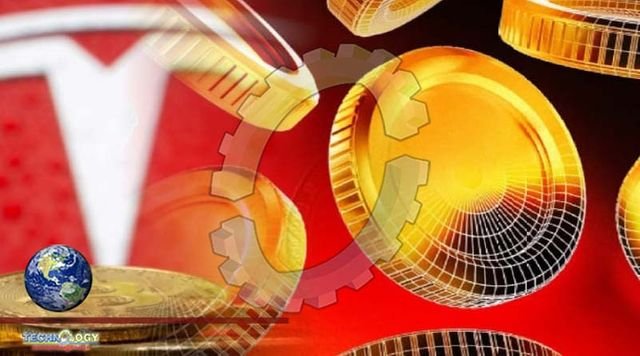Tesla sold 75 percent of its Bitcoin , Tesla already reported vehicle shipment numbers for the second quarter, and now its full Q2 2022 financial report (pdf) reveals it’s dealing with inflation and the overall economic downturn, combined with a plunge in prices of Bitcoin and other cryptocurrencies.

In the letter to investors, Tesla execs reveal the company has sold 75 percent of its Bitcoin holdings, adding $936 million in cash to its balance sheet. Last year, Tesla made a $1.5 billion investment in Bitcoin and announced that it would accept Bitcoin as payment. Tesla started accepting Bitcoin in late March, then abruptly reversed itself in May, just 49 days later. In the latest report, Tesla says the value of its remaining “digital assets” is $218 million, which it had reported at around $1.2 billion in previous quarters. Last July, Tesla CEO Elon Musk said, “I might pump, but I don’t dump … I definitely do not believe in getting the price high and selling or anything like that. I would like to see Bitcoin succeed.”
During an investor call, Musk addressed the crypto selloff, saying that it “should not be taken as some verdict on Bitcoin.” Instead, he said, Tesla sold its Bitcoin because it was “concerned about overall liquidity of the company given COVID shutdowns in China.” Basically, Tesla needed the cash. “We have not sold any of our Dogecoin,” Musk said, later going on to call cryptocurrency “a sideshow to the sideshow.” When it comes to its business of making electric cars — where new competitors seem to be announced every day — and solar products, the company is reporting that it made $2.26 billion in profit this quarter, around a 31 percent decrease from last quarter when it posted profits of $3.3 billion. The profit was earned on $16.9 billion in revenue, which is also down from Q1, where the company reported bringing in $18.7 billion.
In terms of profitability, the company is still doing better than it did in Q2 2021, where it made $1.1 billion on $11.9 billion in revenue. The company attributes that to several factors, including “lower stock-based compensation expense,” more vehicle deliveries compared to last year, and an improved average selling price. This is the first full quarter since Tesla raised the prices on all of its cars by as much as 10 percent, and it raised prices again on select models in June. Despite the price increases, the company has broken with its trend of earning more per car each quarter. In Q1, its gross automotive margin was 32.9 percent. This quarter, it was 27.9 percent.
Tesla announced earlier this month that its deliveries have slowed down, dropping by around 18 percent compared to Q1. It also produced around 15 percent fewer cars this quarter compared to last. In its earnings report, Tesla says it faced “limited production and shutdowns in Shanghai for the majority of the quarter” but that it continued to ramp up production at its new facilities in Berlin and Austin, Texas. Other difficulties the automaker reports are increased prices in everything from raw materials to logistics, higher fixed costs per car due to the closures in Shanghai, and, of course, the aforementioned “Bitcoin impairment.”
Compared to last quarter, the company’s revenue from selling regulatory credits to other automakers dropped by almost 50 percent. In Q1, it brought in $679 million from the credits, and in Q2, it made only $344 million. The credits help other companies that don’t make enough “clean” vehicles to meet regulatory standards in the US and EU. Culturally, it’s been a turbulent quarter at Tesla. In late April, CEO Elon Musk sold billions of dollars worth of stock in the company to help pay for Twitter (a deal that has been a huge mess and is now headed to Delaware’s Court of Chancery after Elon tried to cancel the arrangement). Musk also reportedly said he has a “super bad feeling” about the economy when announcing the hiring freezes and layoffs at the company. Those layoffs have affected the autopilot team, and Tesla has been accused of violating labor law after allegedly letting over 500 Gigafactory workers go. The company also lost its head of AI earlier this month. It hasn’t all been bad news, though. Tesla’s partnership with Uber and Hertz, where qualified rideshare drivers can rent the EVs to ferry passengers around in, seems to be going well based on a report from Uber in June. It also seems like 2022 will be the year non-Tesla EVs will get access to the Supercharger network in the US, based on a fact sheet released by the White House.